2013-08-25. Today we visited the ‘Teval Factory’ which is an abandoned factory somewhere in The Netherlands. We had long term plans to visit this factory because it just had to be great for urban exploring. We knew this for a fact because the site had been abandoned for about five years and workers did not get a chance to grab their gear due to contamination of the air. In the past few months we visited the factory almost every week to see if we could find an entrance. Sadly we didn’t have much luck because every door and window was well shut using wood, welds, or concrete. Every time the setback was huge, but today, our luck changed. We walked all the way around the factory and for the first time we found an entrance. I cannot explain how excited we were! As we entered the building with our P3 masks on it became clear we needed all day to capture most of the factory. It was even bigger than we thought! We spent about eight hours inside of the factory and then sneaked our way out. All went well because we didn’t get caught. Even better; I’m now able to share these high dynamic range (HDR) images with you:
The image slider above contains 97 images. You can expand these images to full screen size by clicking the ‘Expand Gallery’ button on top. By clicking the ‘Start Autoplay’ button you can sit back, relax and enjoy the image slideshow. If you are in a hurry you can use the arrowkeys on your keyboard to go to the next or previous image, more quickly. For an even better viewing experience i created a video from our urbex trip to the Teval factory:
Please click on the ‘gear’ icon and change resolution to 1080p and watch in full screen mode for the best
video results. If would you like to hear the music along this video, please power on your speakers.
Roundup:
The Teval factory is an amazing site for urbex photography, but you have to be very lucky to find an entrance. If you manage to find an entrance my advice is to better make use of it, because the day after it could be well shut again. Security is taking their job seriously at this site, probably due to the asbestos and toxic waste that’s literally all over the place. Once you’re inside the only thing you have to worry about is not to get caught on your way out. Also, it’s better not to touch or break stuff due to contamination. Sadly we noticed we weren’t the first to photograph the place and even in this contaminated factory some vandals seemed to have already trashed the place, but it could have been worse. We didn’t find any gravity yet.. If you still want to visit this factory after reading this story and viewing my pictures it’s highly recommended to bring a P3 dust mask. I will not reveal the location of the ‘Teval Factory’, but if you have any story related questions or remarks please leave a comment. Thanks.
General Information:
The ‘Teval Factory’ was founded around 1940. The following years proved their product was a great success. In the golden years they even exported to France and Belgium. Around the year of 1950 more then 400 people had a job at the Teval factory. Most of them lived in a town nearby. Many years passed when suddenly the market collapsed (due to several reasons) which cost many workers their job. In 2005 only 30 workers were active at the Teval factory and a few years later all of them had to immediately leave the building to never return. Dangerous contamination of the air was found cauzed by asbestos, which was provided roughly fifty years ago. The result; production had to be stopped and the Teval factory was filed for bankruptcy. 5 years later the factory still isn’t demolished, but plans have been revealed for a rezoning at this site.
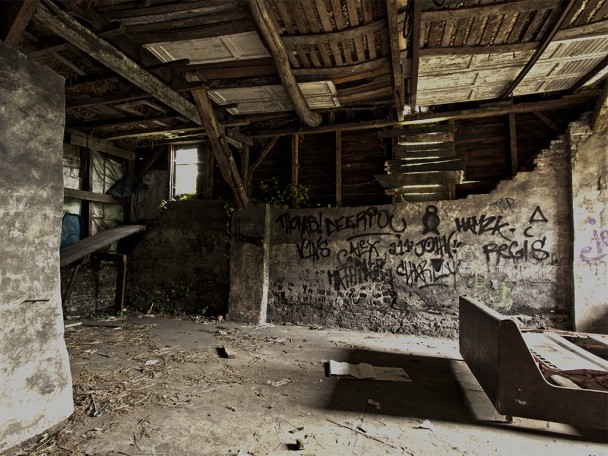
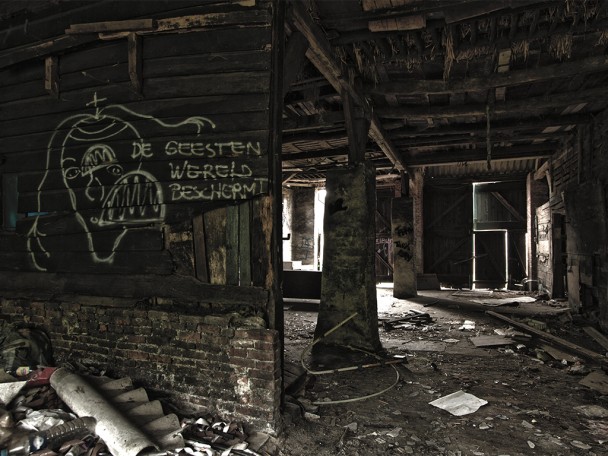
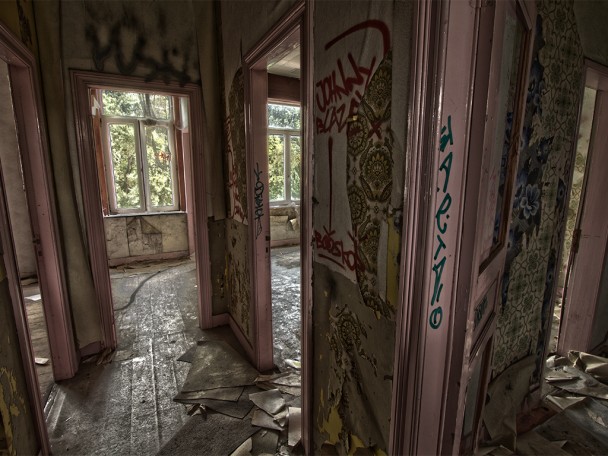
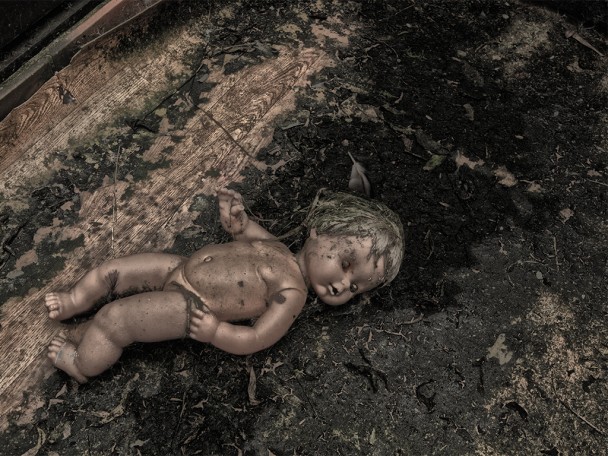
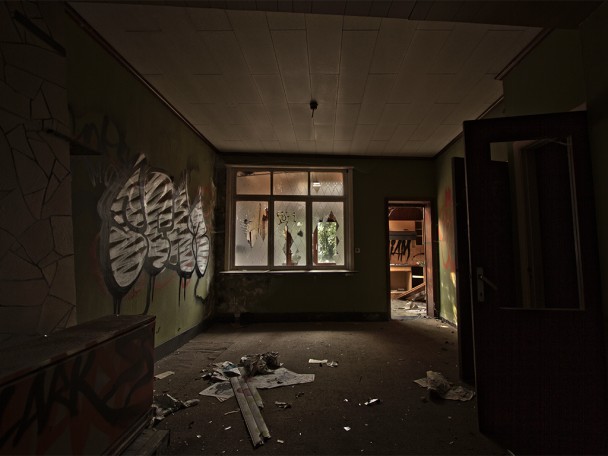
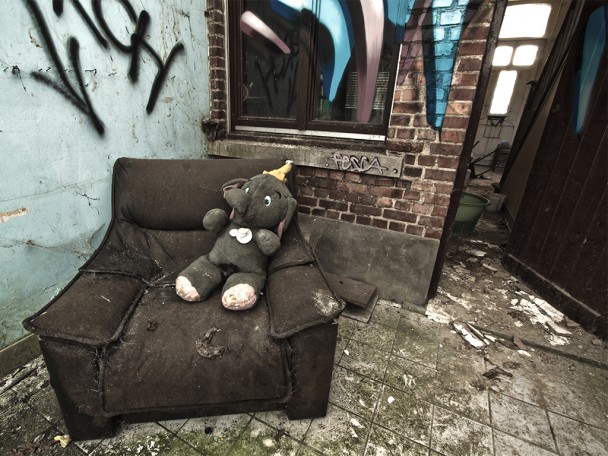
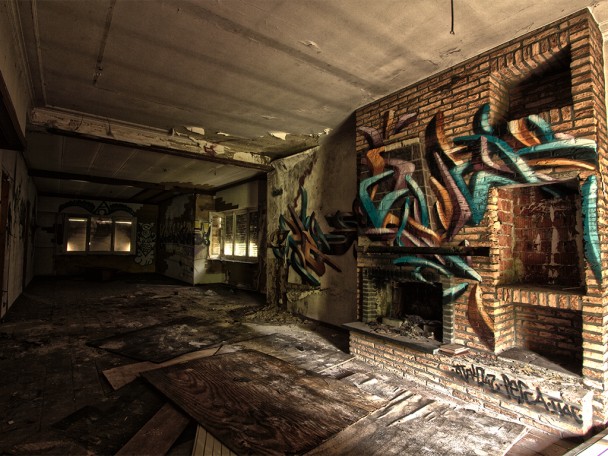
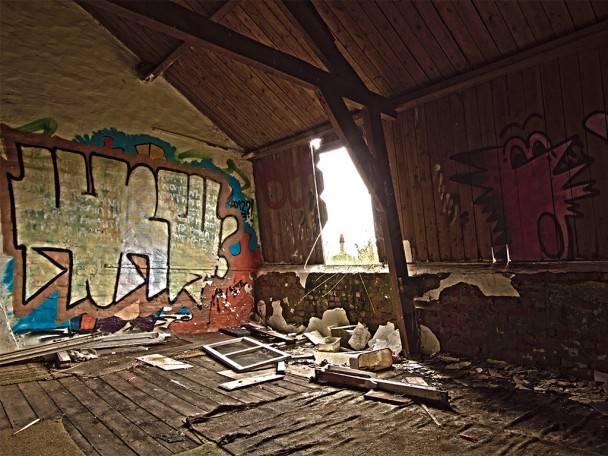
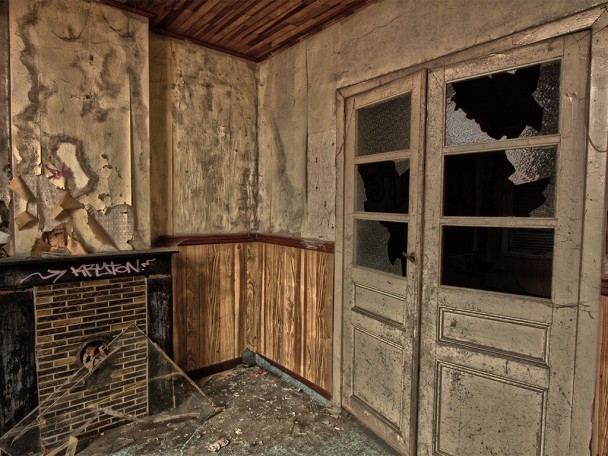
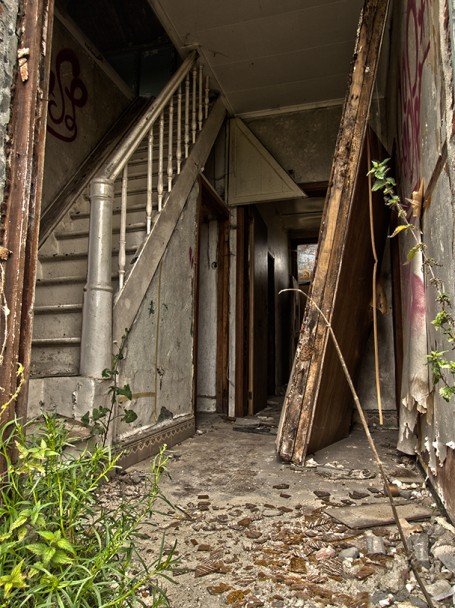
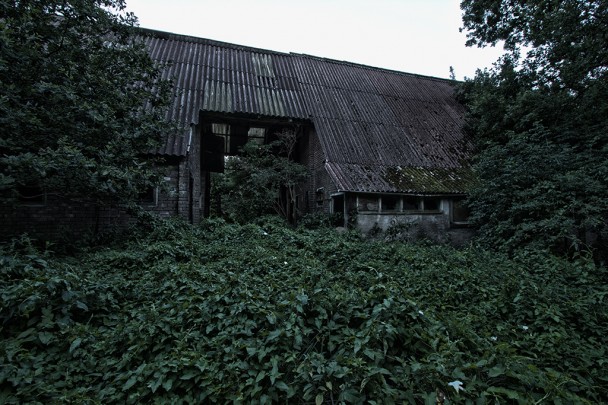
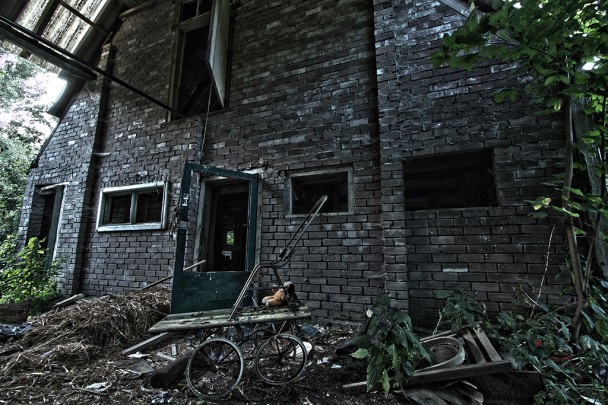
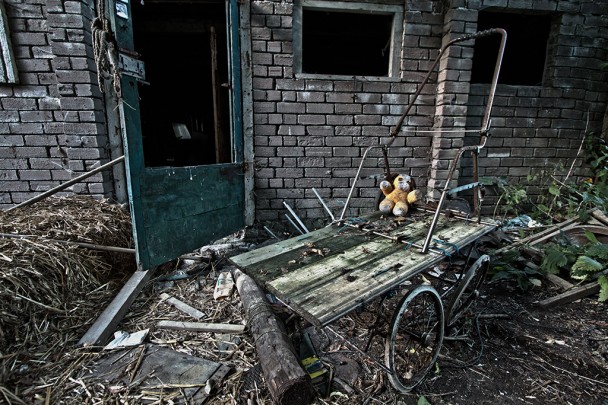
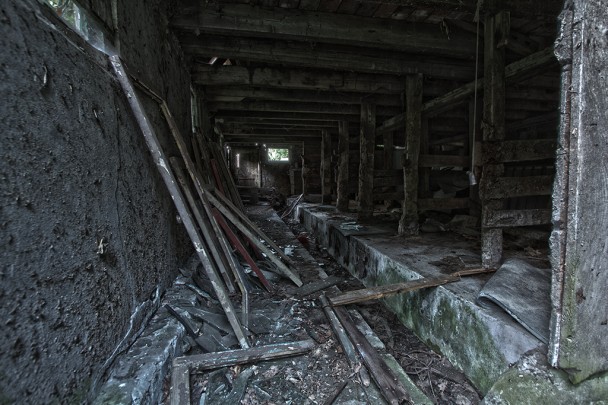
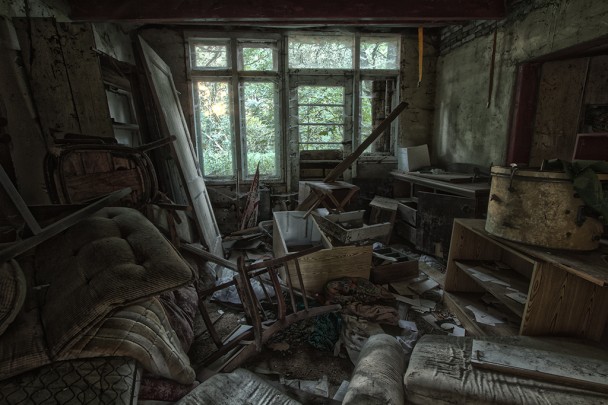
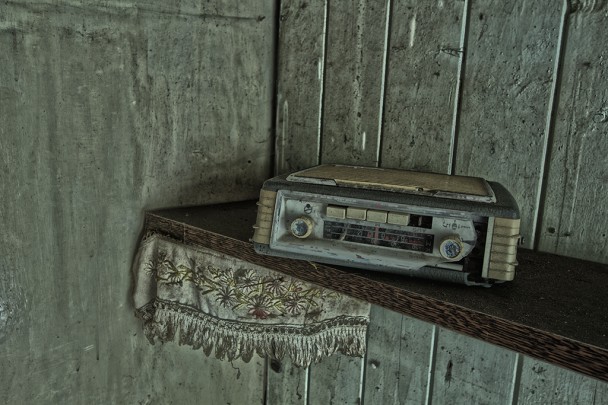
Recent Comments